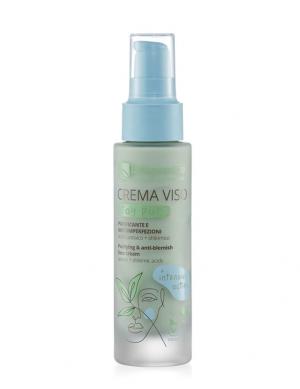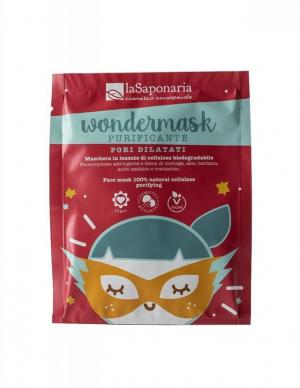Azelaic acid
Other names: Azelaic acid, 1,7-Dicarboxyheptane, Monosodium azelate
Harm score: 2 (Derivatives of natural substances)
Azelaic acid, otherwise known as 1,7-Dicarboxyheptane or Monosodium azelate, is a white crystalline powder in its pure form. This dicarboxylic acid contains nine carbon atoms in the chain and is a non-saturated fatty acid. It occurs naturally, mainly in cereals such as wheat and rye. Azelaic acid was first isolated in 1808 from the lichen genus Pityrosporum ovale.
Azelaic acid is widely used in cosmetics and dermatology, where it is mainly used in skin products. Thanks to its antibacterial properties, it is a great help in the fight against acne. It also has a strong lightening effect and is often used in products against pigment spots and melasma. In cosmetic products it is most often found in concentrations of 10-20%. Azelaic acid is available on the market in various forms such as cream, gel, foam or serum. Another widespread use of azelaic acid is in industry, where it is used as a component in the production of plastics and as a corrosion inhibitor for copper and its alloys.
Azelaic acid can be found in the following products

Facial Serum - Azelaic Acid 10ml
Product detail
Stay Pure BIO Cleansing Cream (50 ml) - also suitable for oily skin
Product detail
Bioactive serum for problematic skin BIO (15 ml)
Product detail